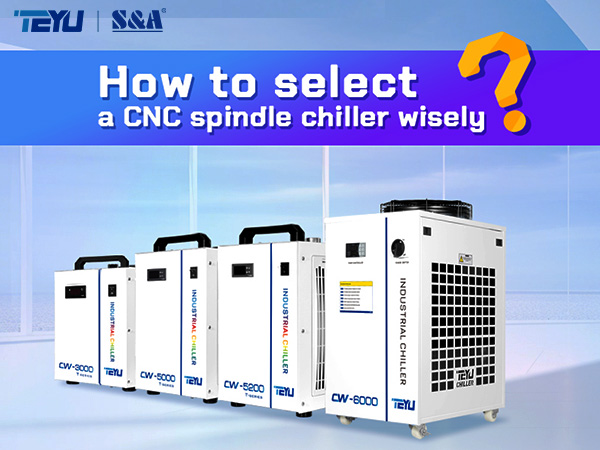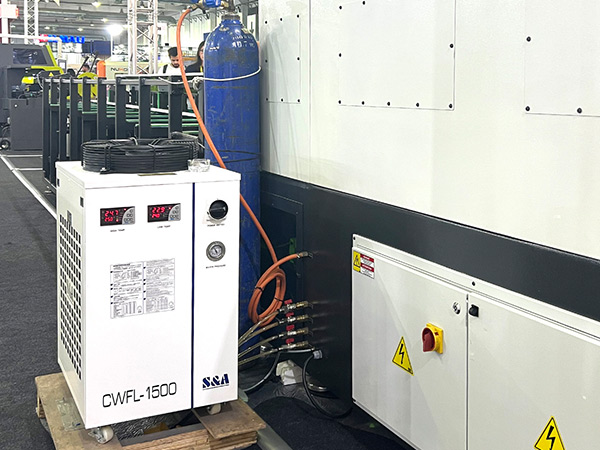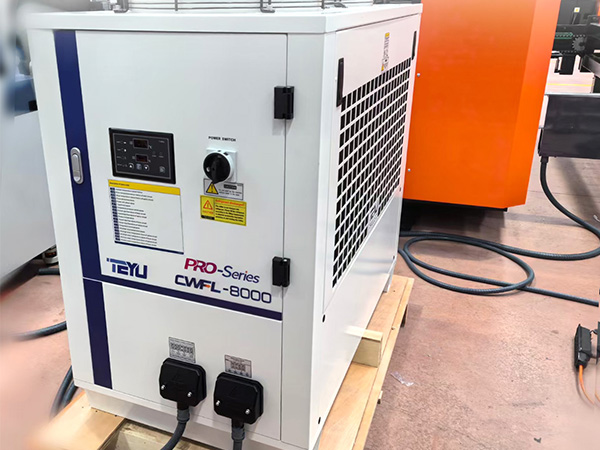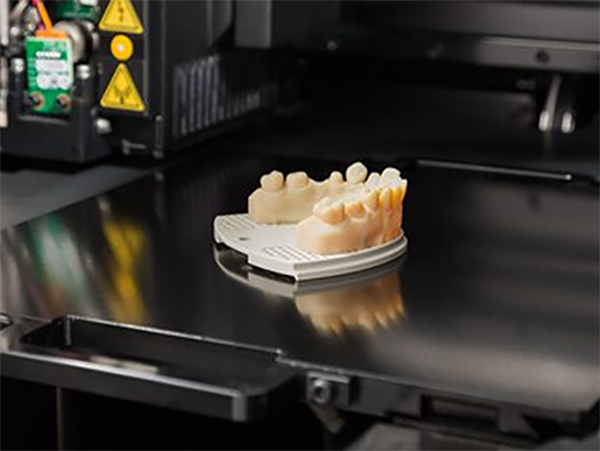Industrial laser processing boasts three pivotal traits: high efficiency, precision, and top-notch quality. It's these three characteristics that have made laser processing widely embraced across various manufacturing sectors. Whether it's high-power metal cutting or micro-processing at medium to low power levels, laser methods have exhibited significant advantages over traditional processing techniques. Consequently, laser processing has seen rapid and widespread application over the past decade or so.
The Development of Ultrafast Lasers in China
Laser processing applications have gradually diversified, focusing on different tasks such as medium- and high-power fiber laser cutting, welding large metal components, and ultrafast laser micro-processing precision products. Ultrafast lasers, represented by picosecond lasers (10-12 seconds) and femtosecond lasers (10-15 seconds), have evolved over just 20 years. They entered commercial use in 2010 and gradually penetrated the medical and industrial processing domains. China initiated the industrial use of ultrafast lasers in 2012, but mature products only emerged by 2014. Prior to this, nearly all ultrafast lasers were imported.
By 2015, overseas manufacturers had relatively mature technology, yet the cost of ultrafast lasers exceeded 2 million Chinese yuan. A single precision ultrafast laser cutting machine sold for over 4 million yuan. The high costs hindered the widespread application of ultrafast lasers in China. Post-2015, China accelerated the domestication of ultrafast lasers. Technological breakthroughs rapidly occurred, and by 2017, over ten Chinese ultrafast laser companies were competing on par with foreign products. Chinese-made ultrafast lasers were priced at just tens of thousands of yuan, compelling imported products to lower their prices accordingly. During that time, domestically produced ultrafast lasers stabilized and gained traction in the low-power stage (3W-15W). Shipments of Chinese ultrafast lasers surged from fewer than 100 units in 2015 to 2,400 units in 2021. In 2020, the Chinese ultrafast laser market was approximately 2.74 billion yuan.

The Power of Ultrafast Lasers Keeps Reaching New Heights
In recent years, thanks to the efforts of researchers in China, there have been significant advancements in Chinese-made ultrafast laser technology: the successful development of a 50W ultraviolet picosecond laser and the gradual maturity of a 50W femtosecond laser. In 2023, a Beijing-based company introduced a 500W high-power infrared picosecond laser. Presently, China's ultrafast laser technology has considerably narrowed the gap with advanced levels in Europe and the United States, lagging only in key indicators such as maximum power, stability, and minimum pulse width.
The anticipated future development of ultrafast lasers continues to focus on introducing higher power variants, such as a 1000W infrared picosecond and a 500W femtosecond laser, with ongoing improvements in pulse width. As technology progresses, certain bottlenecks in the application are expected to be overcome.
The Domestic Market Demand in China Trails Behind the Development of Laser Production Capacity
The growth rate of China's ultrafast laser market size significantly lags behind the surge in shipments. This discrepancy primarily stems from the fact that the downstream application market for Chinese ultrafast lasers hasn't fully opened up. Fierce competition among domestic and foreign laser manufacturers, engaging in price wars to grab market share, coupled with many immature processes at the application end and a downturn in the smartphone electronics/panel market over the last three years, has led many users to hesitate in expanding their production onto ultrafast laser lines.
Unlike visible laser cutting and welding in sheet metal, the processing capability of ultrafast lasers completes tasks in an extremely short time, demanding extensive research in various processes. Presently, we often mention that ultrafast lasers have mature applications in cutting full-screen smartphones, glass, OLED PET film, FPC flexible boards, PERC solar cells, wafer cutting, and blind hole drilling in circuit boards, among other fields. Additionally, their significance is pronounced in the aerospace and defense sectors for drilling and cutting special components.
It's worth noting that while it's claimed that ultrafast lasers are suitable for numerous fields, their actual application remains a different matter. In industries with large-scale production like semiconductor materials, chips, wafers, PCBs, copper-clad boards, and SMT, there are few, if any, significant applications of ultrafast lasers. This signifies a lag in the development of ultrafast laser applications and processes, trailing behind the pace of laser technology advancements.

The Long Journey of Exploring Applications in Ultrafast Laser Processing
In China, the number of companies specializing in precision laser equipment is relatively small, accounting for only about 1/20 of the metal laser cutting enterprises. These companies are generally not large in scale and have limited opportunities for process development in industries such as chips, PCBs, and panels. Moreover, industries with mature production processes in terminal applications often face numerous trials and validations when transitioning to laser micro-processing. Discovering reliable new process solutions demands significant trial and error, considering equipment costs. This transition isn't an easy process.
Whole-panel glass cutting might be a feasible entry point for ultrafast lasers into a specific niche. The rapid adoption of laser cutting for mobile glass screens stands as a successful example. However, delving into ultrafast lasers for special material components or semi-finished products in other industries requires more time for exploration. Currently, ultrafast laser applications remain somewhat limited, primarily focused on non-metallic material cutting. There's a scarcity of applications in broader fields like OLEDs/semiconductors, highlighting that China's overall level of ultrafast laser processing technology isn't yet high. This also implies enormous potential for future development, with an anticipated gradual surge in ultrafast laser processing applications over the next decade.

Source: https://www.teyuchiller.com/how-to-tap-into-the-application-market-for-high-power-ultrafast-laser-equipment





 Handheld Laser Chillers CWFL-2000ANW
Handheld Laser Chillers CWFL-2000ANW Fiber Laser Chillers CWFL-2000
Fiber Laser Chillers CWFL-2000 Fiber Laser Chillers CWFL-6000
Fiber Laser Chillers CWFL-6000 Fiber Laser Chillers CWFL-20000
Fiber Laser Chillers CWFL-20000 Fiber Laser Chillers CWFL-1500
Fiber Laser Chillers CWFL-1500 Fiber Laser Chillers CWFL-6000
Fiber Laser Chillers CWFL-6000 Fiber Laser Chillers CWFL-2000
Fiber Laser Chillers CWFL-2000 Fiber Laser Chillers CWFL-8000
Fiber Laser Chillers CWFL-8000




